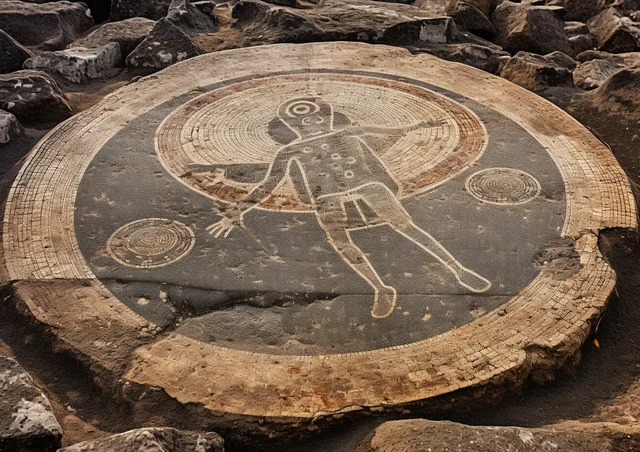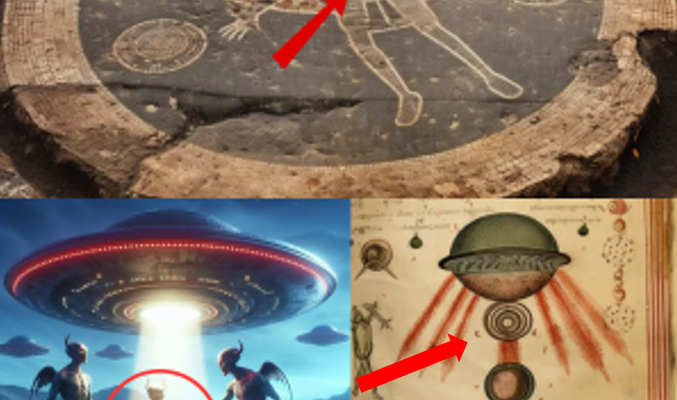The idea that our ancestors might have possessed advanced electronics is a captivating and controversial topic that has intrigued historians, archaeologists, and technology enthusiasts alike. As we uncover more about ancient civilizations, questions arise about their true technological capabilities. Could they have developed advanced electronics long before the modern era? Let’s explore this fascinating intersection of history and technology
One of the primary sources of speculation about ancient advanced technology comes from mysterious artifacts and archaeological anomalies that seem out of place or time. For instance, the Antikythera mechanism, an ancient Greek device dated to around 100 BC, is often cited as evidence of advanced technological knowledge. This intricate gear-driven mechanism was used to predict astronomical positions and eclipses, demonstrating a level of sophistication that rivals modern engineering.

Numerous ancient texts and legends hint at the existence of advanced technologies. Indian epics like the Mahabharata and the Ramayana describe flying machines called “Vimanas” and powerful weapons reminiscent of modern-day missiles. Similarly, some interpretations of the Bible suggest that ancient civilizations possessed knowledge and devices that could be considered technologically advanced.
The discovery of the Baghdad Battery, a set of ancient clay jars containing copper cylinders and iron rods, suggests that ancient Mesopotamians might have understood electroplating. This artifact, dated to around 250 BC, could potentially have been used to electroplate objects, indicating a rudimentary knowledge of electricity. Although the true purpose of the Baghdad Battery remains debated, its existence fuels speculation about ancient electrical knowledge.

Ancient monuments like the pyramids of Egypt, Stonehenge in England, and the megalithic structures of South America showcase advanced construction techniques that continue to baffle modern engineers. The precision and scale of these structures imply a deep understanding of mathematics, engineering, and possibly technologies that have since been lost to history.
While these intriguing artifacts and texts offer tantalizing clues, many experts remain skeptical. They argue that extraordinary claims require extraordinary evidence. Most mainstream archaeologists and historians believe that the artifacts can be explained through known historical contexts and technologies, without invoking lost advanced electronics. They emphasize the need for rigorous scientific investigation and caution against drawing conclusions based on limited or ambiguous evidence.

One explanation for these ancient marvels is the extraordinary ingenuity and resourcefulness of our ancestors. Ancient civilizations may have achieved remarkable feats using the materials and knowledge available to them at the time, often surpassing our expectations of their capabilities. This perspective celebrates human creativity and problem-solving throughout history.
The notion that our ancestors possessed advanced electronics is a thrilling and speculative area of inquiry. While definitive evidence remains elusive, the artifacts, texts, and structures left behind by ancient civilizations continue to inspire curiosity and debate. Whether through advanced technology or sheer ingenuity, our ancestors achieved remarkable accomplishments that still captivate us today. As we continue to explore the past, we uncover not only the secrets of ancient societies but also the enduring legacy of human innovation.



